By: Diane Kashin, Ed.D, RECE
For my entire career in the early learning sector, I have been focused on how to support others to update outdated practices with the goal to improve day to day interactions with children and their families. Early on I approached this professional goal with bluntness and judgement. Now I recognize that these strategies are not effective because rather than elevate others, they diminish. From this position, there is defensiveness and resistance. There is apprehension instead of a sense of innovation and excitement. How one perceives change depends on their proximity to the change itself. In my work, I continue to reflect on how I can empower others to want to change. To empathetically understand another’s perspective and context, I want to be seen as a critical friend and partner rather than an expert. I want to demonstrate that I can change, be reflective and grow. Essentially, I am interested in creating a parallel process. A parallel process is when we interact with educators in the same ways, we expect them to interact with children and their families.
As a result, after a recent blog post about questions, I was open to feedback offered by a critical friend, Miriam Beloglovsky. I have had the honour and privilege to work with Miriam on the Loose Parts Summit. There is an amazing line up of speakers scheduled and registration is now open!
I appreciate this opportunity to share my perspectives on invitations, provocations, and loose parts. However, what I am really grateful for is Miriam’s generous spirit and her willingness to challenge me in a way that elevates rather than diminishes. When Miriam suggested that the use of open-ended questions may actually limit educators, she recommended that I consider inquiry instead. Challenge accepted! I look forward to many more conversations with Miriam and meanwhile, thanks to a lovely coaching session with Debbi Sluys from Dare to Declare I am delving deeply into a book, that has been extremely helpful! What I love about Debbi is that she understands the context of early childhood education. Debbi knew that the book she recommended, Coach the Person Not the Problem was not written with early childhood educators in mind. Still, she knew it would be a catalyst for considering reflective inquiry from our sector’s context.
On page one, Reynolds states that “asking questions is not the same as inquiry”. Common coaching guidelines include the asking of open questions, but it is being “present and using reflective statements such as summarizing, paraphrasing, and drawing distinctions” that can be more powerful. I have written about coaching in early childhood education, and I continue to explore the potential of the early childhood educator as coach. Reynolds (2020) suggests that “coaching should be a process of inquiry, not a series of questions. The intent of inquiry is not to find solutions but to provoke critical thinking” (p. 2). Rather than questions that seek answers, the use of reflective inquiry statements will provoke insight. Pairing reflective statements with questions leads to reflective inquiry. In this way, we can help others as thinking partners with shared expertise. We can share what we hear and see and offer what we sense is happening without concern about formulating the perfect question.
Using statements to evoke reflective inquiry is like holding up a mirror designed to provoke evaluation. The statements, according to Reynolds (2020) include those that summarize, paraphrase, and acknowledge key phrases. As I read further into the book, I am still confronted with the challenge of applying what is written to the context of early childhood education. Here is where I need your help! The case studies that Reynolds (2020) includes are not ECE-specific. It would be so helpful if I could provide a case study in a future blog post that focused on coaching an early childhood educator using a reflective inquiry process. If you were asked to support, in an empowering way, the growth and development of an educator, what would you say if this is what the bookshelf looked like in their room?
Let’s say you begin with a statement that describes what you see as you gaze towards the bookshelf. In response the educator is defensive and offers excuses. What reflective statements could you then make that would allow the educator to expand and be more reflective? Then could you follow with what Reynolds (2020) calls a confirming question (“Is this what you believe?”) or an exploratory question (“What is causing your hesitation?”)? Perhaps the educator drops into silence. At this time, you can pause to allow time for thinking. Perhaps then you could offer a reflection and a question such as “It looks like you are considering something. What is coming up for you now?”
We do not learn from experience… we learn from reflecting on experience ~ John Dewey
If you want to contribute to this blog, please drop a comment below. I have a lot more to think and write about as I reflect on reflective practices and how they might be used to elevate, to lift, to motivate and inspire. I thank you in advance.
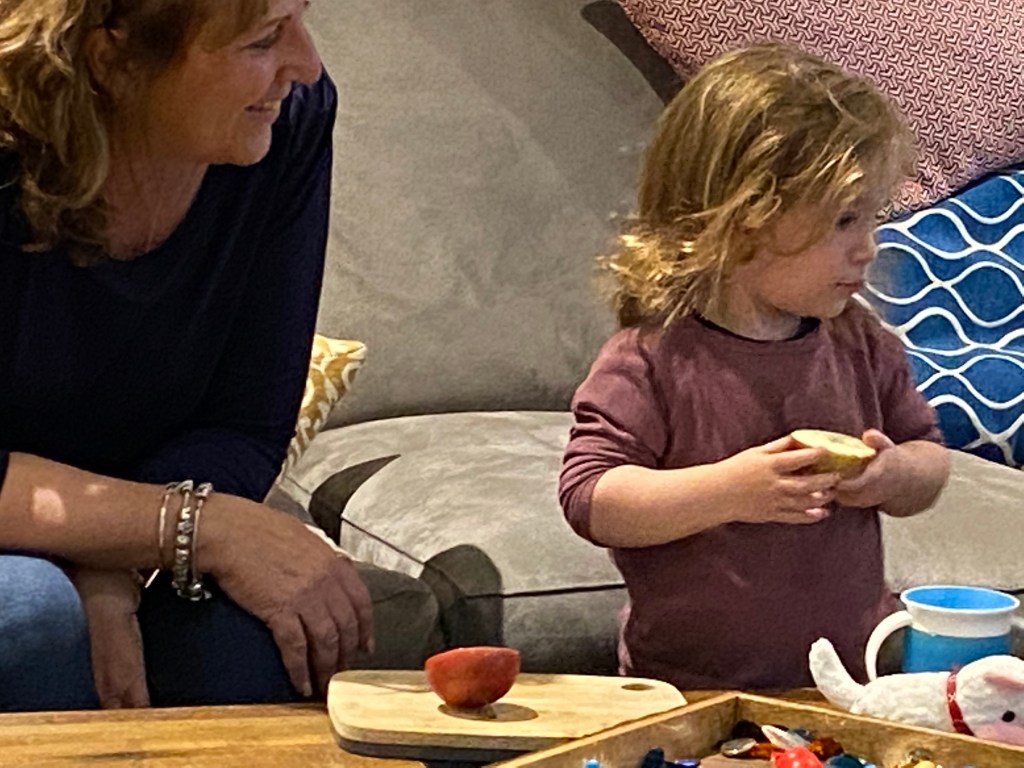
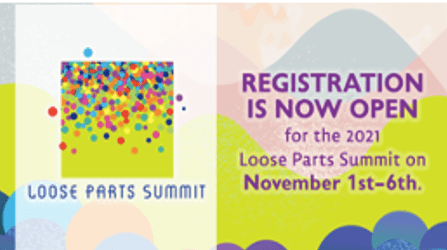
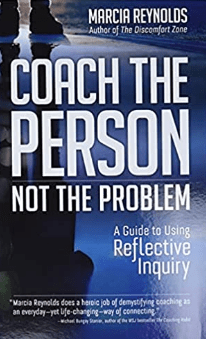
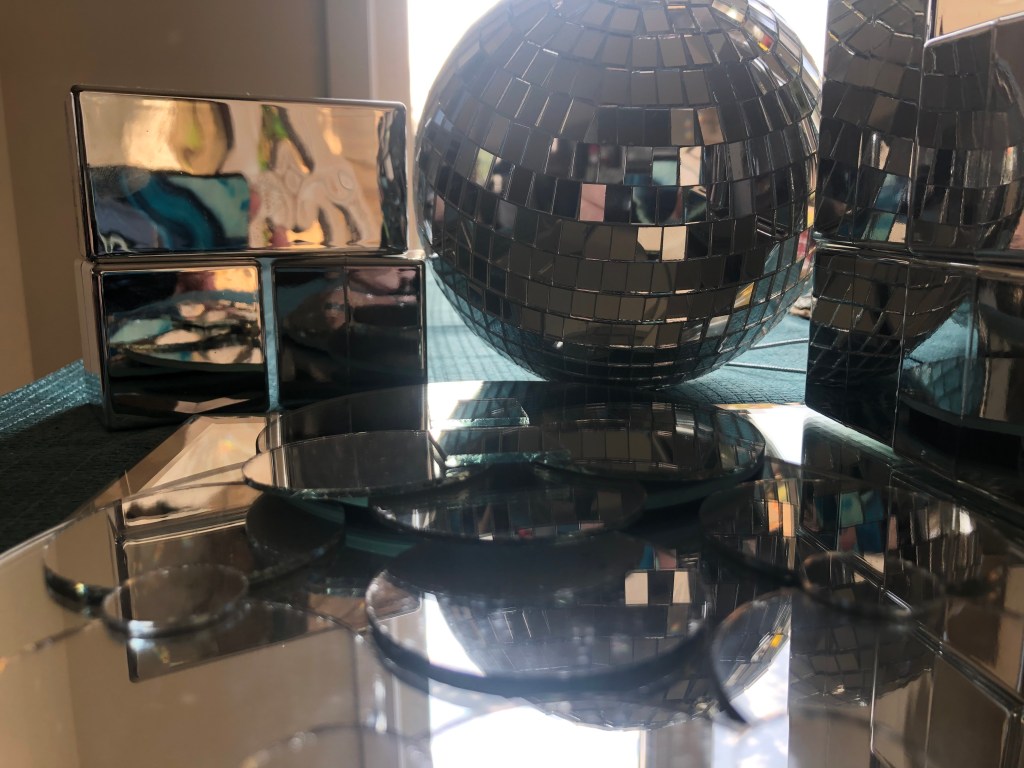
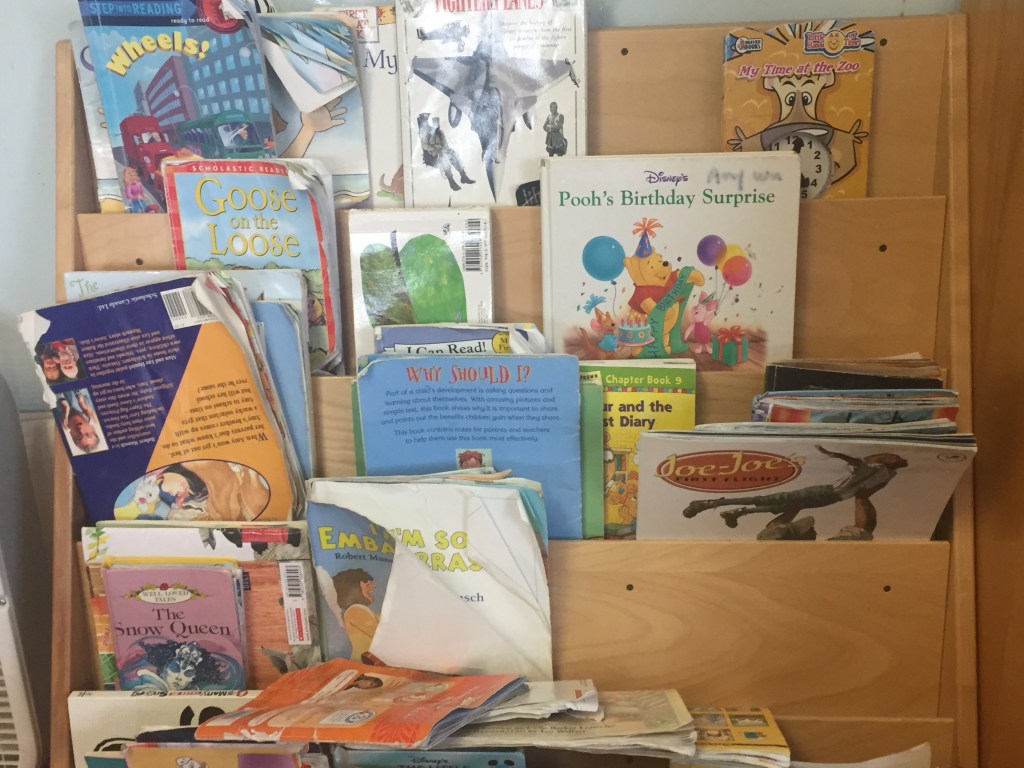
Diane you put in words so beautifully what I am currently thinking about. I would love to think with you about this. Another book you might find provokes deeper thinking about Reflection is On Reflection by Ellen Rose. https://www.canadianscholars.ca/books/on-reflection
LikeLiked by 2 people
Thanks Sheryl. I’d love if you could be my thinking partner! Let’s set up a zoom ☺️
LikeLike
I greatly appreciated this post Diane because I have been reflecting on conversations lately. In respect to the bookshelf, its appearance depends on the interpretation of the values of the organization: for some this bookshelf is revealing of a well-loved material and the children’s way of tidying up and allowing them to be participants while for others it is a sign of disrespect for the material and not appealing to create curiosity. I lived this not in respect to a bookshelf, but the dress up area. I think it also depends on our view of, our experiences and relation to materials, the land. So, I think your photo is opening up a much bigger question of sustainability and our view of and relation to materials. There are so many layers to consider before asking the question or questions which took me a long time to learn. So without a context, it’s difficult to offer a question. Are you able to share the story that led you to choose this particular photo of this bookshelf so our questions are more empathetic with the context? Are you able to share other documentation that shows the interactions with the books and the children and the educators? I think it’s important we begin with the values in the program statement which can support us to orient our conversations because those are the values that we are living into in relation to HDLH?. For me and it’s been a while now, I have been wondering on curiosity. Are my questions genuinely out of curiosity or do they have an agenda? and which agenda? and do I and how can I give value to the other’s or others’ and create a circularity in the conversations? In relation to this, I have been thinking with “what does it mean to be a colleague?” and “what is a conversation, a dialogue?” Is everyone in agreement on the values that will guide it? I think we have to have an agreement as to how will the conversation will orient itself. The book Reflecting in Communities of Practice supported me in suggesting we begin encounters and conversations with an agreement that was open-ended. Thank you so much for sharing this journey with us.
LikeLiked by 1 person
Thanks Claudia for the insightful and helpful comments. There is so much to consider. I’d love to talk further!
LikeLiked by 1 person
I cannot express very good in english. Sonis it ok if i write in french? J apprécie bcp ce que vs dites sur l inquiry. Merci
LikeLike
Hi Diane!
It seems I am a little late to the game but I have just discovered your blog today… WOW!!! I am a pedagogical consultant in Quebec, working with preschool and kindergarten teachers. I am fairly new to this role (starting my 4th year) and I am very interested in finding better ways to coach the teacher vs. being the “expert”. I will definitely get myself a copy of this book and give it a go. I like the idea of inquiry vs. specific questions. I very much appreciate Claudia’s perspective above, as well. I am learning to stop and ask myself if I am coming from a place of curiosity and best interest (and for whom?) or judgment… It is easy to get caught up in my own values and expectations but sometimes I need to remind myself that my way is DEFINITELY not the only way.
As for the bookshelf, my first instinct was to be disappointed at its messiness of it. However, after reading Claudia’s comments, I am once again forced to think about other possibilities. I know my class was not always the most organized and beautiful, but it always reflected the interests of the children in it. I think I would start there… maybe the teacher has some very valuable reason for the books being placed that way…
I am anxious to dig deeper into your blog! Thanks for making me pause and reflect and for making me question my approach!!
LikeLiked by 1 person
So pleased that you have discovered my blog and that you want to dig deeper! Welcome! Always great to share pedagogical musings with others!
LikeLike